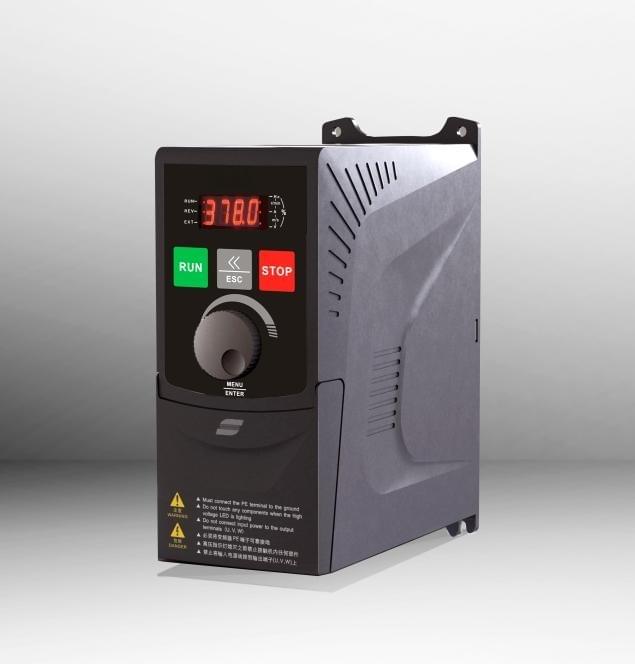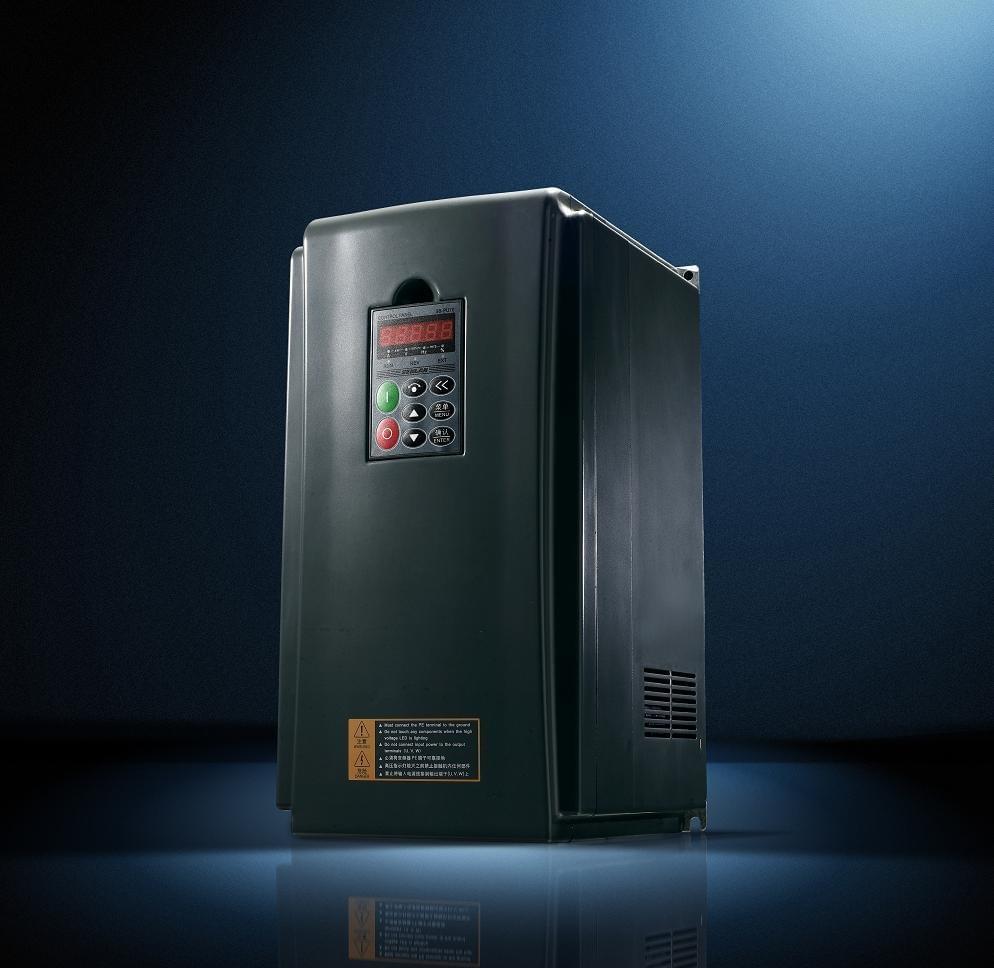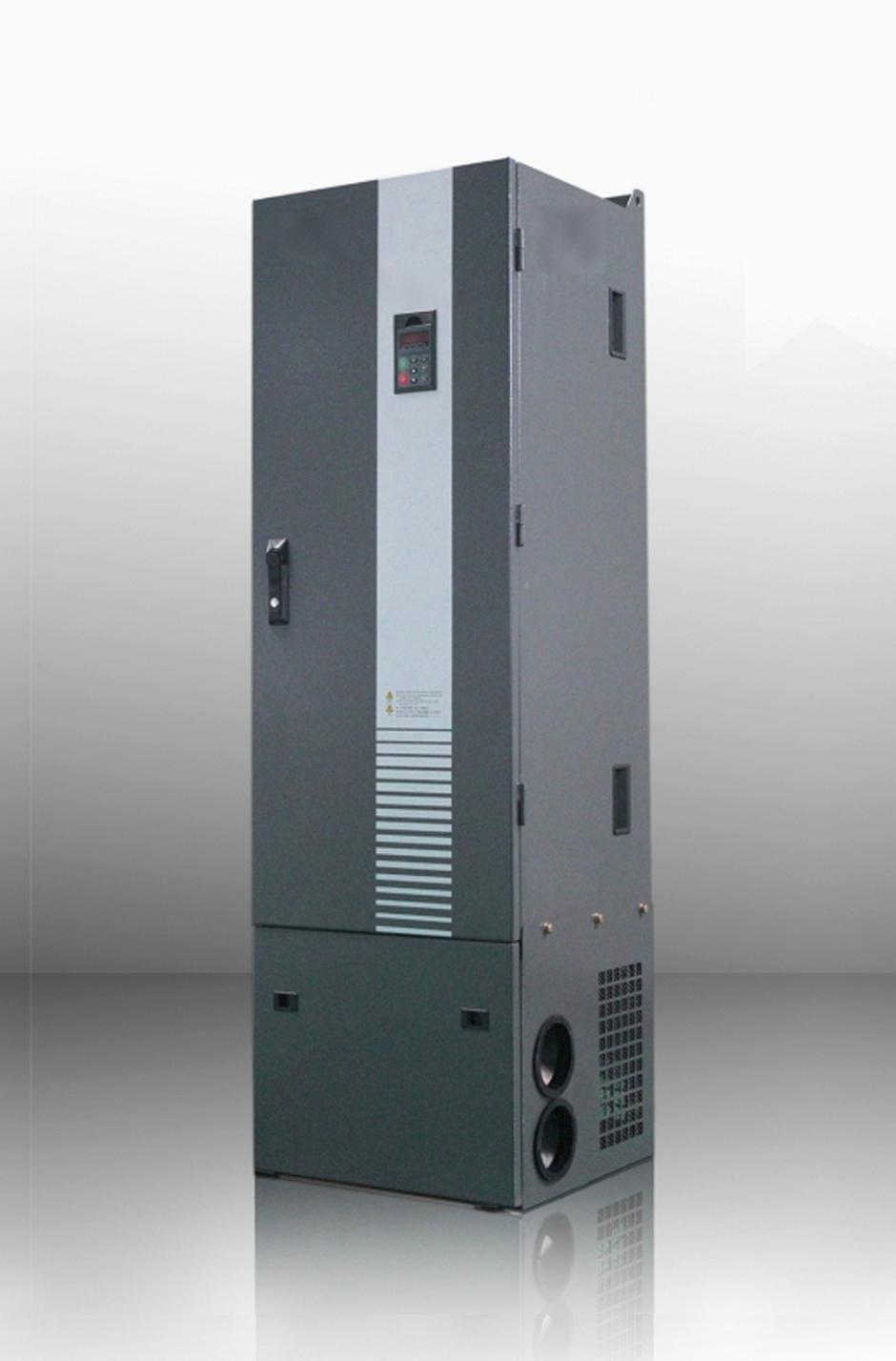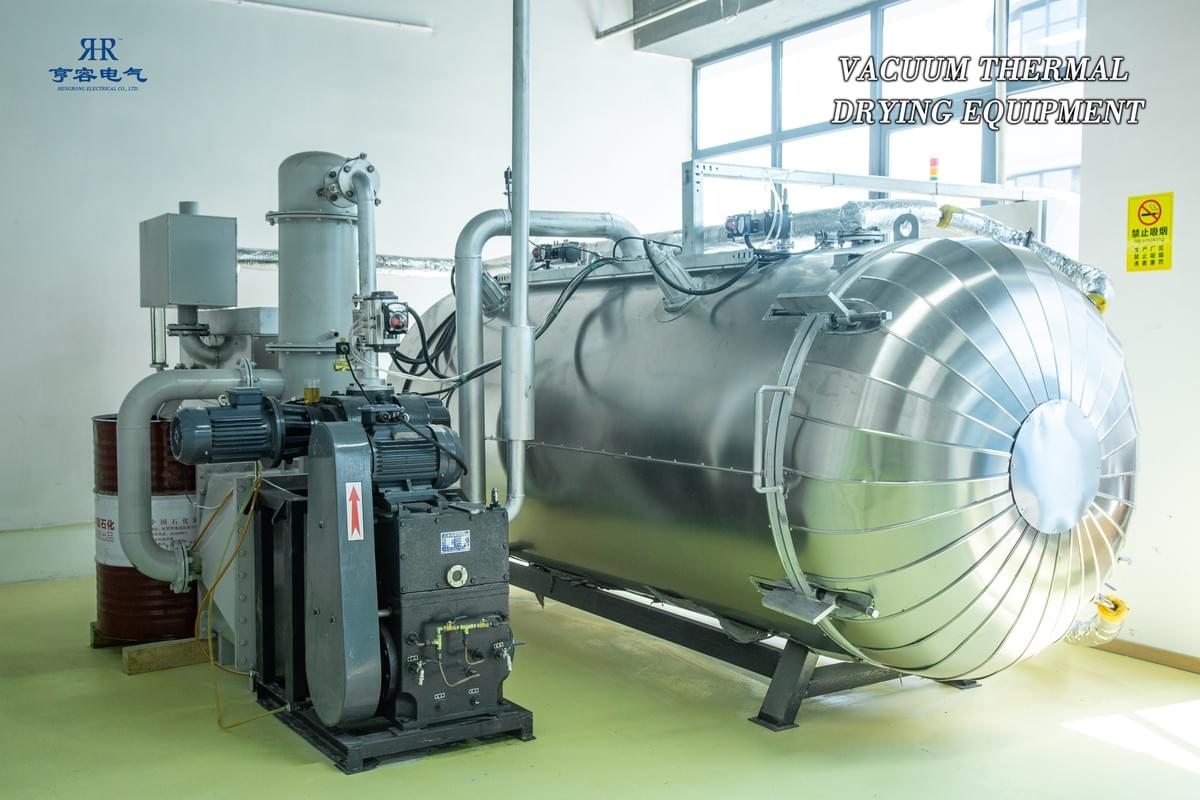In the wave of global energy transformation and industrial intelligence, frequency converters, as the "smart brain" of motor drive systems, are evolving from simple speed-regulating devices to the core hub of industrial energy conservation and automation. Among them, high-voltage frequency converters, with their excellent performance in high-power scenarios, have become the "main force" in energy-saving transformations in heavy industries such as metallurgy, electric power, and mining. This article will provide a comprehensive analysis of the technological evolution, application value, and future trends of high-voltage frequency converters, revealing how they are reshaping the energy efficiency pattern of modern industry.

I. High-Voltage Frequency Converters: The "Invisible Regulator" of Industrial Energy Consumption
High-voltage frequency converters refer to variable frequency speed control devices used to drive AC motors with a rated voltage of 1kV and above, widely applied in high-power load equipment such as fans, water pumps, and compressors. Compared with low-voltage frequency converters, their core advantage lies in the ability to directly adapt to industrial high-voltage power grids without additional step-down equipment, making them more energy-efficient in large-scale industrial scenarios.
China's industrial sector has an urgent demand for energy conservation. Statistics show that the annual power consumption of motors nationwide accounts for approximately 80% of industrial electricity consumption, with the energy consumption of fans, water pumps, and other equipment accounting for over 40%. However, currently, only about 5% of the equipment has achieved speed-regulating operation. If these devices undergo high-voltage frequency conversion transformation, with an average energy-saving rate of 25%, the annual energy-saving potential can reach 60 billion kWh, equivalent to saving 20 million tons of standard coal. This "speed regulation for energy conservation" model has made high-voltage frequency converters a key tool for enterprises to reduce costs and increase efficiency.
In the power industry, after high-voltage frequency conversion transformation, the induced draft fans and forced draft fans of thermal power plants can not only accurately match the changes in boiler load but also reduce the plant power consumption rate by 1-3 percentage points. In the metallurgical industry, after adopting frequency conversion speed regulation for blast furnace blowers, a single piece of equipment can save hundreds of thousands of kWh of electricity annually. Through the intelligent regulation of "on-demand energy supply," high-voltage frequency converters have transformed industrial production from "extensive operation" to "precision energy efficiency management."
II. Technological Iteration: The Evolution of Core Competitiveness of High-Voltage Frequency Converters
The development of high-voltage frequency converters has always been closely linked to breakthroughs in power electronics technology. From early thyristor frequency converters to today's fully digital control systems, technological innovations have continuously promoted the performance leap of high-voltage frequency converters.
In terms of power devices, there has been an iteration from SCR and GTO to IGBT and IGCT. IGBT has become mainstream in the medium and high-voltage field with its high-frequency and low-loss characteristics, while IGCT has emerged in ultra-high-power scenarios with its advantages of high voltage resistance and large current. The IGBT direct series technology breakthrough by domestic enterprises such as Chengdu Jialing Electric has realized transformerless direct high-voltage drive, increasing the system efficiency to over 98% and reducing the volume by 40%.
The upgrading of control technology is also crucial. Vector control technology realizes precise decoupling of speed and torque by simulating the characteristics of DC motors; direct torque control (DTC) skips complex vector transformation and directly regulates motor flux and torque, increasing the dynamic response speed by more than 30%. The application of sensorless speed control technology has eliminated traditional speed measuring devices, reducing maintenance costs while improving system reliability. Currently, the speed regulation range can meet the industrial needs of 1:75.
Harmonic control technology is also constantly advancing. The harmonic pollution of traditional frequency converters was once a "persistent problem" in industrial power grids. However, the combination of multi-level topology and PWM control technology has reduced the total harmonic distortion rate (THD) to below 2%. Robicon's cell-series multi-level frequency converters and Siemens' integrated boost filter solutions have both achieved "green frequency conversion" operation, avoiding motor overheating and power grid interference problems.

III. Market Pattern: The Rise of Domestic High-Voltage Frequency Converters
At the beginning of the 21st century, China's high-voltage frequency converter market was once monopolized by foreign brands, with products from Robicon, Siemens, and others accounting for more than 80% of the market share. However, domestic enterprises have gradually achieved "import substitution" through technology introduction and independent innovation.
Enterprises such as Beijing Leadrive Technology and Dongfang Hitachi have quickly seized the market with cost-performance advantages and localized services. By 2006, the number of domestic high-voltage frequency converters put into operation had reached more than 1,800 units, accounting for 60% of the total. Compared with imported products, domestic brands are more adapted to the characteristics of China's power grid fluctuations, support Chinese operation in the user interface, and shorten the after-sales service response time to within 24 hours, significantly reducing the operation and maintenance costs of enterprises.
Foreign brands are also adjusting their strategies, setting up assembly plants in China one after another and adopting localized supply chains to reduce costs. ABB's ACS1000 and Siemens' SIMOVERT MV series have been optimized to better adapt to domestic motors with a voltage level of 6kV. This "two-way competition" pattern has promoted technological progress in the entire industry, reducing the price of high-voltage frequency converters by about 40% in ten years and accelerating the popularization of energy-saving transformations.
In terms of technical routes, domestic enterprises have formed a diversified development pattern: Leadrive Technology and Zhiguang Electric focus on cell-series multi-level technology, Mingyang Longyuan specializes in three-level solutions, and Harbin Jiuzhou deeply cultivates the field of high-voltage IGBT. This differentiated competition has made China the market with the most abundant technical routes for high-voltage frequency converters in the world.
IV. Application Scenarios: The Expansion of the Industrial Territory of High-Voltage Frequency Converters
The application of high-voltage frequency converters has extended from traditional industries to new energy, municipal administration, and other diversified fields, becoming a key support for the intellectualization of infrastructure.
In the power industry, in addition to the transformation of auxiliary machines in thermal power plants, wind power converters have become a new growth point. High-voltage frequency converters can accurately control the speed of wind turbines, increasing wind energy utilization by 5%-8% while achieving a grid-friendly grid connection. Photovoltaic inverters improve the photoelectric conversion efficiency to 99% through maximum power point tracking (MPPT) technology.
In municipal engineering, after adopting frequency conversion speed regulation for aeration fans in sewage treatment plants, the air volume can be adjusted in real-time according to water quality, with an energy-saving rate of over 30%. Urban water supply systems avoid energy loss caused by traditional valve throttling through closed-loop control of pipeline pressure, enabling a single water plant to save millions of kWh of electricity annually.
In the metallurgical industry, the main drive of rolling mills and hoisting equipment in mines has realized "soft start" and smooth speed regulation through high-voltage frequency converters, which not only prolongs the mechanical service life but also improves the precision of product processing. After adopting frequency conversion control for oil pumps and compressors in the petrochemical field, the problem of energy waste caused by "using a large motor for small loads" has been successfully solved, with a single set of equipment saving over one million yuan in electricity annually.
The agricultural field has also begun to introduce high-voltage frequency conversion technology. Large-scale irrigation pumping stations realize "on-demand water supply" through soil moisture sensors linked with frequency conversion systems, achieving a 25% water-saving rate while reducing energy consumption. This cross-industry application penetration demonstrates the universal value of high-voltage frequency converters.

V. Future Trends: Dual Upgrades in Digitalization and Greenization
With the advancement of Industry 4.0 and the "dual-carbon" goals, high-voltage frequency converters are moving towards a new stage of "more intelligent, more efficient, and greener" development.
Digitalization and networking have become an inevitable trend. Control systems based on DSP and industrial Ethernet enable frequency converters to have remote monitoring and fault diagnosis functions. Through field buses such as Profibus and Modbus, multiple frequency converters can be connected to the factory management system to realize real-time collection and analysis of energy consumption data. In the future, the integration of edge computing and AI algorithms will make frequency converters a key node in the industrial Internet, enabling predictive maintenance and energy efficiency optimization.
Green frequency conversion technology continues to deepen. The application of dual PWM rectification technology makes the input power factor of frequency converters close to 1, realizing bidirectional energy flow and meeting the requirements of four-quadrant operation. The commercialization of wide-bandgap semiconductor materials such as silicon carbide (SiC) and gallium nitride (GaN) will further reduce switching losses, increasing system efficiency by another 2-3 percentage points.
Modular design and standardized interfaces are being promoted at an accelerated pace. The modular production of power units reduces maintenance and replacement time from 8 hours to 1 hour; hardware generalization reduces spare parts inventory costs, while software configuration tools simplify debugging processes. This "hardware generalization + software customization" model has significantly improved the adaptability of frequency converters.
Synchronous motor frequency conversion speed regulation has become a new hotspot. The combination of permanent magnet synchronous motors and high-voltage frequency converters is 5%-10% more efficient than traditional asynchronous motor systems, with broad prospects in new energy vehicle drives, ship electric propulsion, and other fields. The maturity of sensorless self-controlled frequency conversion technology will further expand its application boundaries.
The development history of high-voltage frequency converters is a microcosm of the progress of industrial energy-saving technologies. From solving the "availability problem" to pursuing "extreme performance," from import dependence to independent control, domestic high-voltage frequency converters are driving the industrial energy efficiency revolution through technological innovation. Under the guidance of the "dual-carbon" goals, they are not only tools for enterprises to reduce costs and increase efficiency but also will become the core support for new energy grid connection and smart factory construction, injecting sustained impetus into industrial green transformation. Choosing an appropriate high-voltage frequency conversion solution has become a strategic choice for modern enterprises to enhance their core competitiveness.

Hengrong Electric CO., LTD. provides VFD. Please feel free to leave a message for inquiries.
